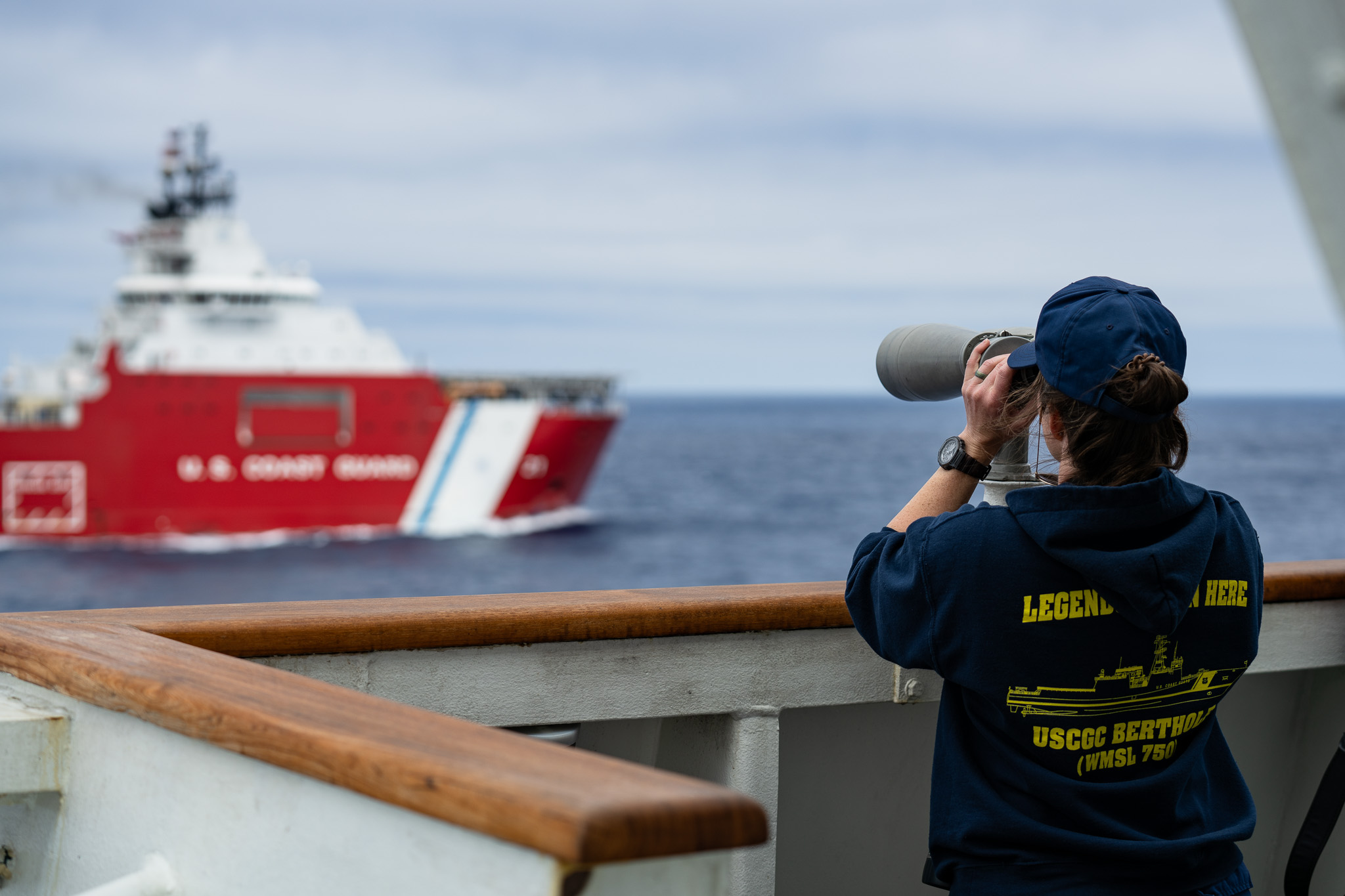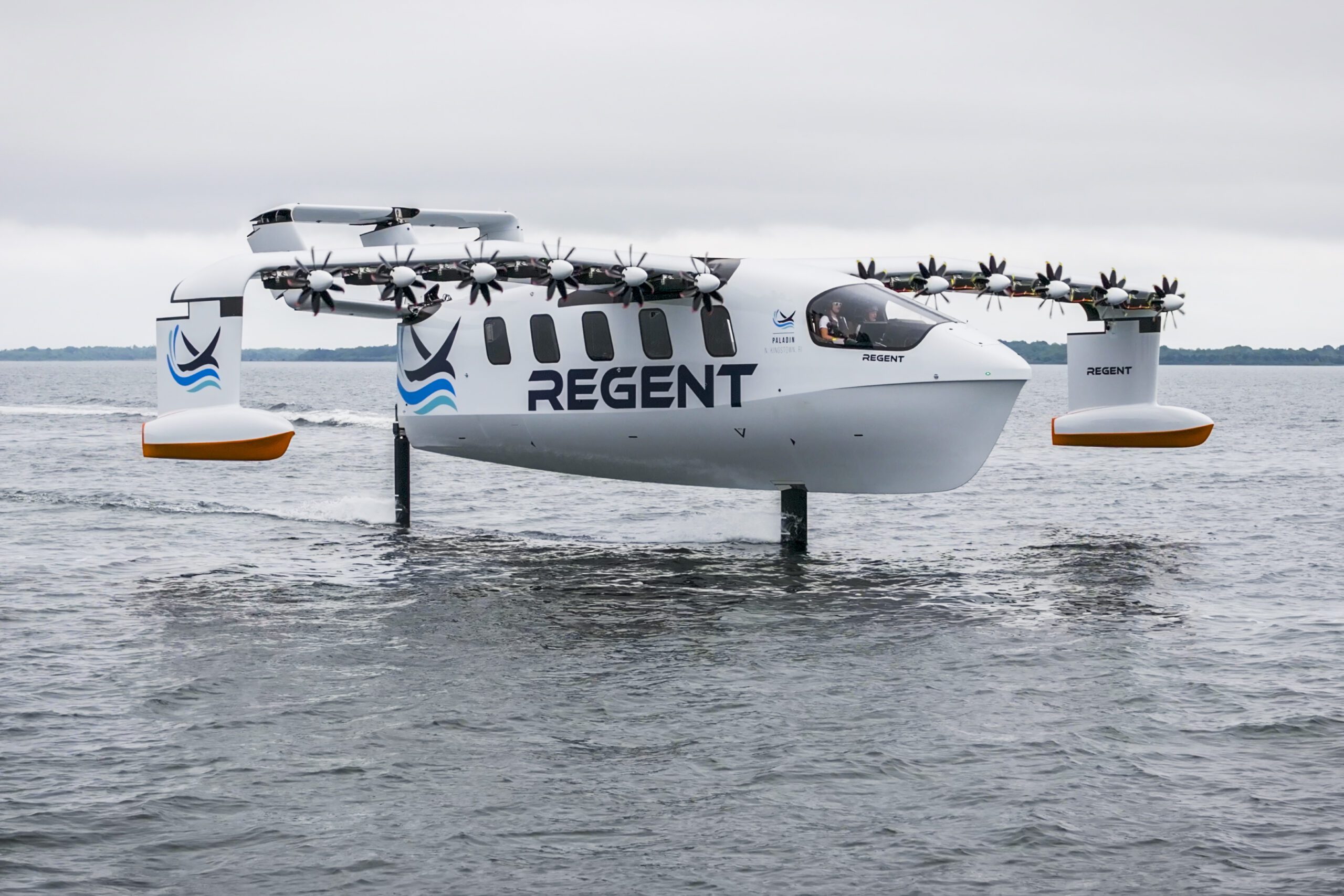Saildrone, a leading maritime autonomy company, has demonstrated its advanced surveillance capabilities by successfully identifying Russian “shadow fleet” vessels during recent NATO operations in the Baltic Sea.
From June 16 to 27, 2025, four Saildrone Voyager uncrewed surface vehicles (USVs) operated in the Gulf of Finland and western Baltic Sea as part of NATO’s Task Force X Baltic initiative. The demonstration, led by NATO Allied Command Transformation (ACT) in coordination with NATO Maritime Command (MARCOM) and the Centre for Maritime Research and Experimentation (CMRE), aimed to integrate uncrewed systems into active Allied maritime operations.
Throughout the operation, the Saildrone Voyagers maintained continuous presence on station, delivering 24/7 wide-area surveillance and real-time maritime domain awareness despite challenging conditions including gale-force winds and rough seas with waves exceeding 2 meters. Notably, the Voyagers detected and tracked hundreds of vessels daily, successfully identified exercise “red forces,” and detected real-world targets including Russian “shadow fleet” and military vessels operating in the area.
The deployment showcased how Saildrone’s long-range radar and persistent surveillance capabilities can pair effectively with high-speed unmanned maritime assets. The Voyagers’ ability to detect contacts of interest at extended ranges enabled rapid-response investigations by faster uncrewed vessels, demonstrating a layered autonomous force structure capable of responding to dynamic maritime scenarios in real time.
“We are honored to have participated in the NATO Task Force X Baltic Initiative,” said Saildrone founder and CEO Richard Jenkins. “After eight years of operating Saildrone USVs in the Bering Sea, we are well placed to deal with the conditions in the Baltic Sea, which has very similar latitude, water depths, and sea conditions.”
The NATO Task Force X initiative was established in response to an evolving maritime security environment characterized by increased Russian aggression, including threats to critical undersea infrastructure. The threat was underscored by recent damage to undersea cables in the Baltic connecting NATO Allies.
NATO Secretary General Mark Rutte highlighted the importance of this initiative at the Baltic Sea NATO Allies Summit in January: “We have agreed today to launch an initiative to deploy new technologies to this effort, including a small fleet of naval drones, to provide enhanced surveillance and deterrence.”
French Navy Admiral Pierre Vandier, NATO Supreme Allied Commander Transformation, noted that the initiative was “operationalized at unprecedented speed following recent cable disruptions” and enables “nations to immediately field commercially available dual-use technologies alongside advanced AI-driven platforms, creating layered persistent surveillance.”
Operating on a contractor-owned and operated model, Saildrone provides end-to-end mission operations and data delivery as a service, enabling rapid deployment and reduced burden on government or commercial partners. The company’s successful Baltic Sea performance further validates the Voyager USV platform’s effectiveness in defense and security applications even in harsh maritime environments.

 Join The Club
Join The Club











